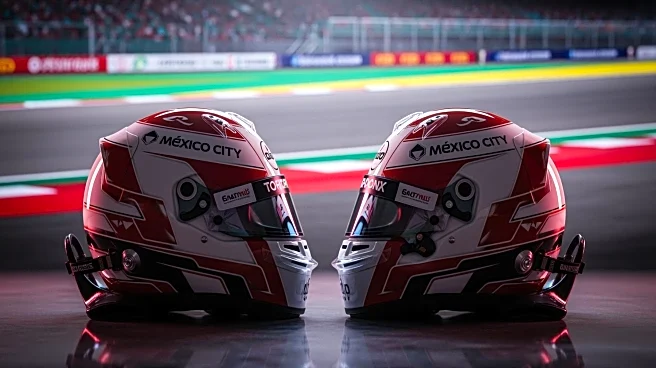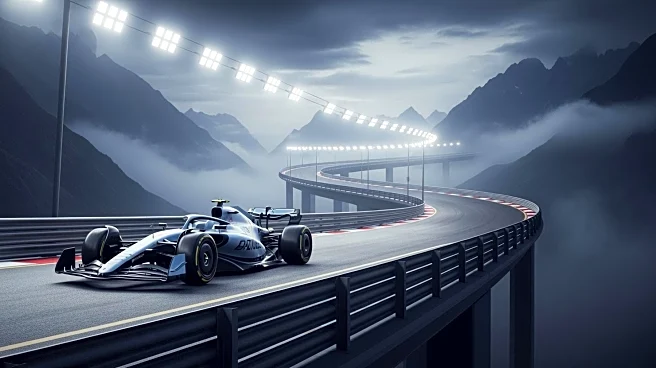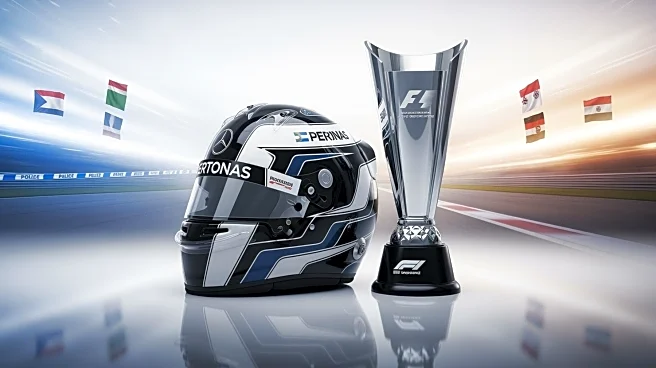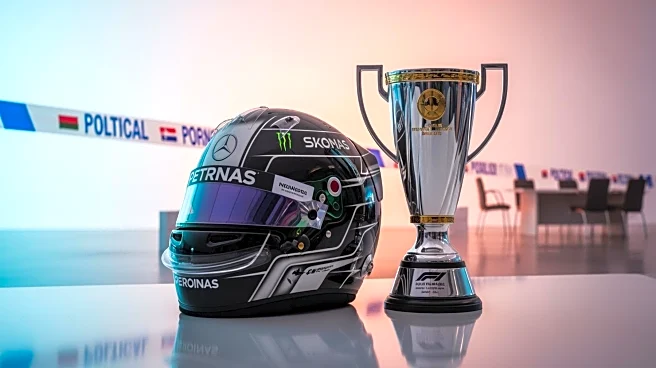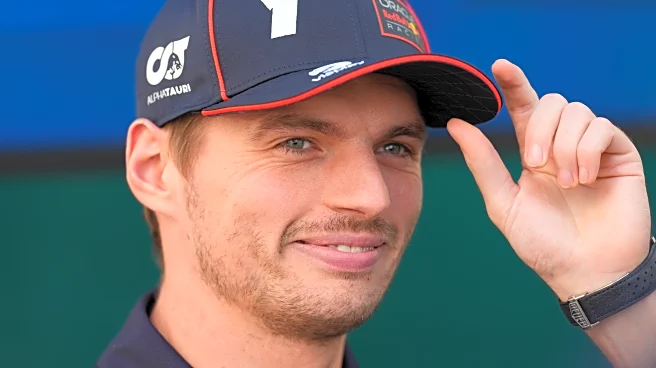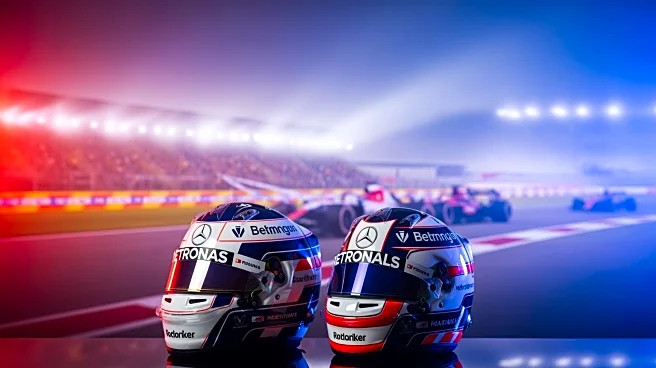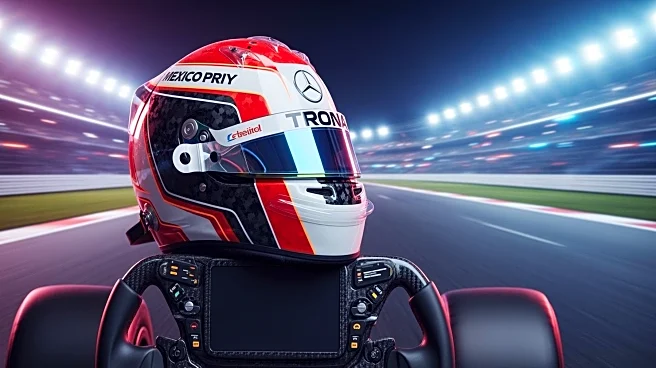What's Happening?
The Formula 1 Mexico City Grand Prix is taking place this weekend at the Autódromo Hermanos Rodríguez, known for its high-altitude conditions that challenge engine power and tire management. The event
follows a revised format with three practice sessions, traditional qualifying, and a full-distance Sunday Grand Prix. Notably, nine rookie drivers will participate in Free Practice 1, fulfilling mandatory driver development quotas. This includes McLaren's Pato O'Ward, Ferrari's Antonio Fuoco, and Mercedes' Frederik Vesti, who will replace established drivers like Max Verstappen, Lewis Hamilton, and Lando Norris for the session. The high-altitude environment makes early practice data crucial for teams as they adjust their power unit strategies for the remaining races of the season.
Why It's Important?
The inclusion of rookie drivers in the Mexico City Grand Prix highlights Formula 1's commitment to developing new talent, which is essential for the sport's future. The high-altitude conditions of the Autódromo Hermanos Rodríguez present unique challenges that require teams to adapt their strategies, potentially impacting the overall standings. This race is a critical opportunity for young drivers to showcase their skills and potentially secure seats for the 2026 season. The event also serves as a test for teams to optimize their vehicles' performance under demanding conditions, influencing their approach in future races.
What's Next?
As the weekend progresses, teams will analyze the data collected during practice sessions to refine their strategies for the qualifying rounds and the main race. The performance of rookie drivers will be closely monitored, as their success could lead to more opportunities in the upcoming season. Teams will also focus on managing the high-altitude challenges to ensure optimal vehicle performance. The results of this Grand Prix could influence team decisions and driver placements for the next season, making it a pivotal event in the Formula 1 calendar.
Beyond the Headlines
The Mexico City Grand Prix not only tests the technical capabilities of Formula 1 teams but also underscores the importance of strategic planning in high-pressure environments. The race serves as a platform for emerging talent, highlighting the sport's evolving dynamics and the need for adaptability. The event's unique conditions may lead to innovations in vehicle design and strategy, influencing the future of Formula 1 racing.
